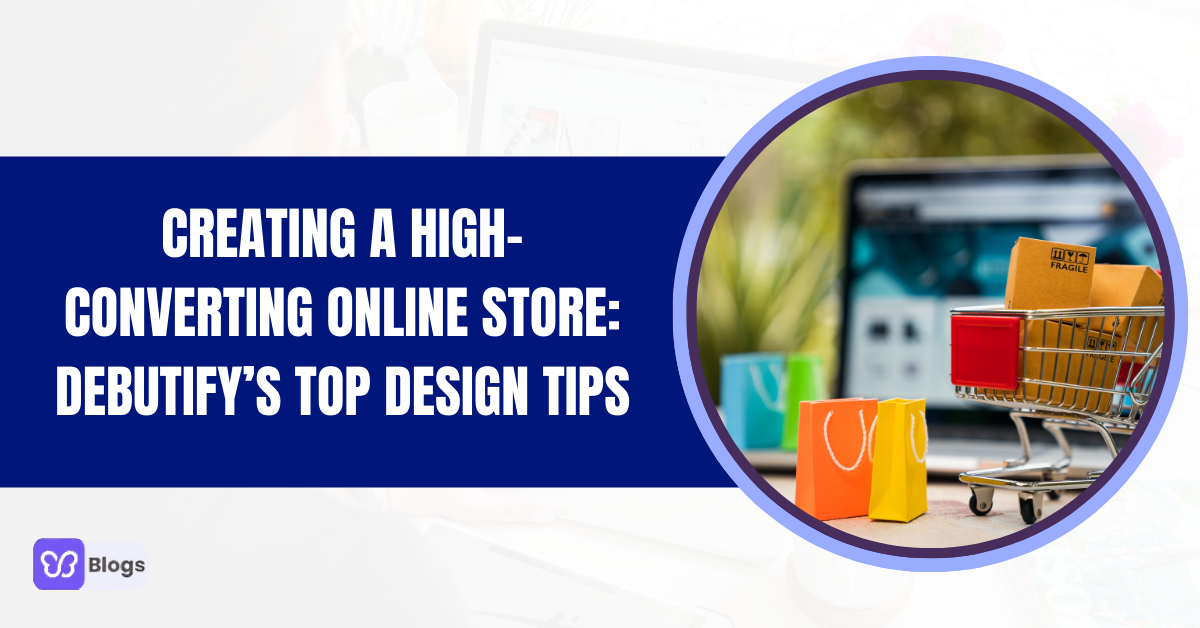Here’s a trick most eCommerce websites don’t talk about—leveraging the decoy effect in your pricing table. What’s that? It’s when you create an option that’s intentionally less attractive.
As a result, customers are more likely to pick the “better” option. This works especially well when you have three pricing tiers.
Let’s say you have three plans: Basic, Standard, and Premium. If the Standard plan is priced just slightly more than Basic but offers significantly more value, customers will be nudged towards picking Standard because it feels like they’re getting a deal.
Meanwhile, Premium seems like a luxury, but it serves to make Standard look even better in comparison.
This subtle use of psychology can drive your customers to the product or plan you want them to choose. All that without them even realizing it.










